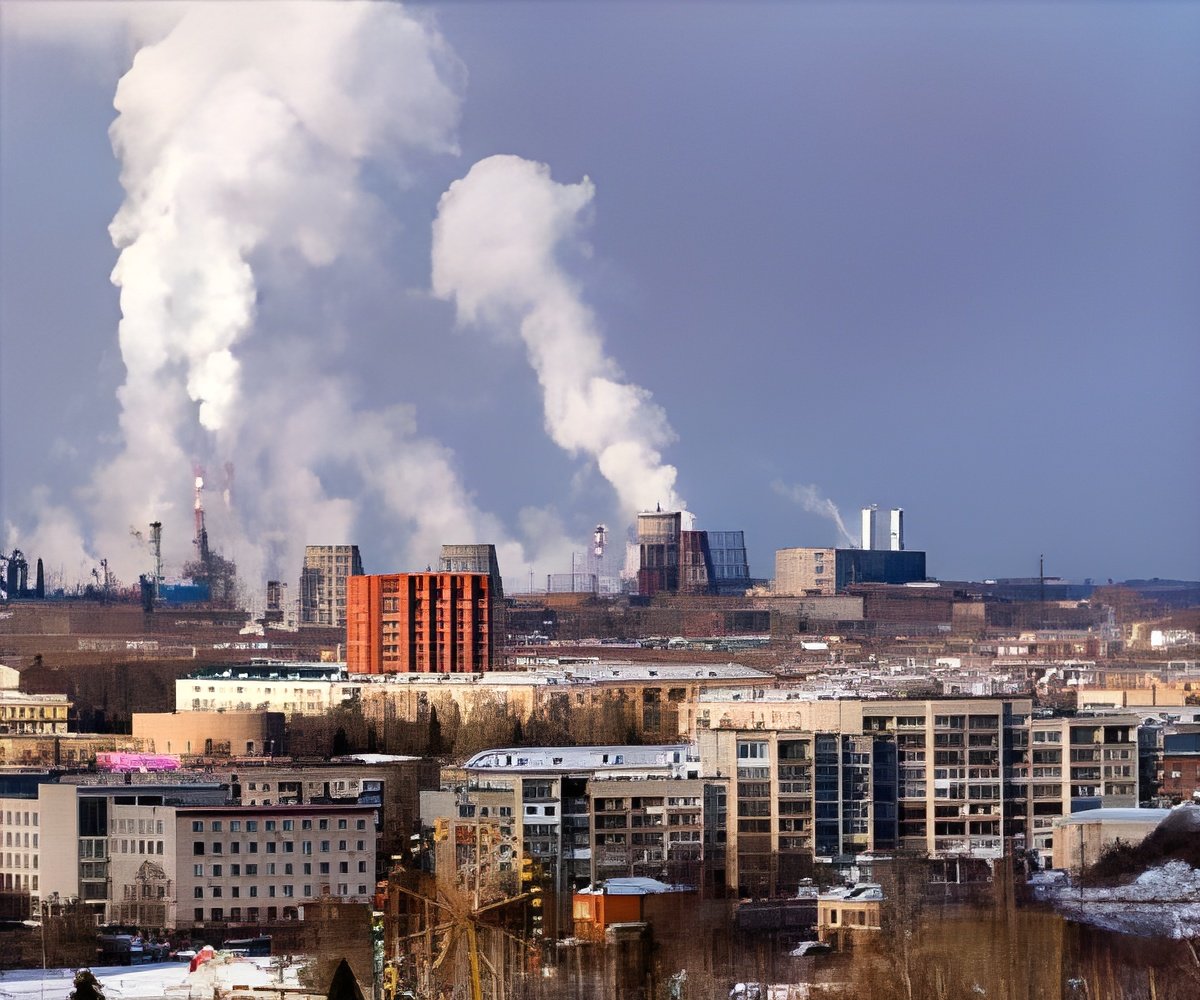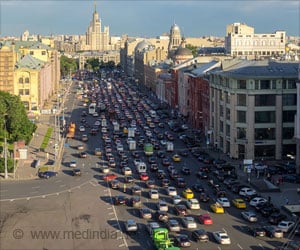
‘A Chinese policy is unintentionally causing people in northern China to live 3.1 years less than people in the south due to air pollution concentrations that are 46% higher.’
Tweet it Now
A study published in the Proceedings of the National Academy of Sciences finds that a Chinese policy is unintentionally causing people in northern China to live 3.1 years less than people in the south due to air pollution concentrations that are 46 percent higher. These findings imply that every additional 10 micrograms per cubic meter of particulate matter pollution (PM10) reduces life expectancy by 0.6 years. The elevated mortality is entirely due to an increase in cardiorespiratory deaths, indicating that air pollution is the cause of reduced life expectancies to the north.
"These results greatly strengthen the case that long-term exposure to particulates air pollution causes substantial reductions in life expectancy. They indicate that particulates are the greatest current environmental risk to human health, with the impact on life expectancy in many parts of the world similar to the effects of every man, woman and child smoking cigarettes for several decades," says study co-author Michael Greenstone, the director of the Energy Policy Institute at the University of Chicago (EPIC) and the Milton Friedman Professor in Economics, the College and the Harris School.
"The histories of the United States, parts of Europe, Japan and a handful of other countries teach us that air pollution can be reduced, but it requires robust policy and enforcement."
The study exploits China's Huai River policy, which provided free coal to power boilers for winter heating to people living north of the river and provided almost no resources towards heating south of the river.
Advertisement
Together, the discrete change in policy at the river's edge and the migration restrictions provide the basis for a powerful natural experiment that offers an opportunity to isolate the impact of sustained exposure to particulates air pollution from other factors that affect health.
Advertisement
"The study's unique design provides solutions to several challenges that have been difficult to solve," says co-author Maoyong Fan, an associate professor at Ball State University. "The Huai River policy also provides a research design that can be used to explore a variety of other questions about the long-run consequences of exposure to high levels of pollution."
The study follows on an earlier study, conducted by some of the same researchers, which also utilized the unique Huai River design. Despite using data from two separate time periods, both studies revealed the same basic relationship between pollution and life expectancy. However, the new study's more recent data covers a population eight times greater than the previous one. It also provides direct evidence on smaller pollution particles that are more often the subject of environmental regulations (PM10).
"This new study provides an important opportunity to assess the validity of our previous findings. The striking finding is that both studies produced remarkably similar results, increasing our confidence that we have uncovered the causal relationship between particulates air pollution and life expectancy," says Avraham Ebenstein, a lecturer in the Department of Environmental Economics and Management at Hebrew University of Jerusalem and an author of both studies.
Further, since the earlier paper, China has increased its efforts to confront its air pollution challenge. China is switching its primary source of heating from coal-fired boilers to gas-fired or electric units, and has shut down many polluting plants. The consequence is that particulate air pollution in some of China's most polluted cities, such as Beijing, has improved significantly.
"Our findings show that these changes will bring about significant health benefits for the Chinese people in the long run," says co-author Guojun He, an assistant professor at The Hong Kong University of Science and Technology. "If all of China were brought into compliance with its Class I standards for PM10, more than 3.7 billion life-years will be saved."
Source-Eurekalert










